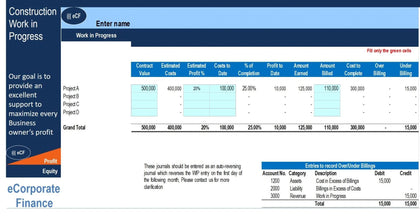Average Cost of Service (ACS)
ACS is an important SaaS metric for finance used to educate and to track. When it is used in isolation, we don't learn much from it. However, when it is used in combination with customer acquisition costs and annual recurring revenue to name a couple, it can be really powerful. It is able to help you in answering questions regarding the effectiveness of pricing, payback, and margins.
What is the Average Cost of Service (ACS)?
Similar to many SaaS metrics, there aren't any set standards or definitions. Your company could have a different department structure or business model that is going to determine how you work out ACS and ensure that it is relevant to your business model.
ACS is calculated using these components:
R&D Amortization - the cost (economic) of your release(s) currently
Technical Support - in a typical case, the call center you use that handles customer questions coming to you
R&D Net of Cap - expenses in development cost center are examined excluding software capitalization. What is left is the software maintenance cost and supporting current releases, not considering new development.
Account Management - the sales team that is in charge of looking after current clients
Hosting - your data center and hosting costs
Customer Success - this could be seen as in your service dept and so counted in service margins, or as an ACS expense.
These expenses are summed up annually and divided by customer count to calculate ACS.
Economies of Scale
Once you have calculated ACS, you are able to run scenarios that determine how your unit and variable costs are going to change once you have added more clients to your cost structure.
If you add 100 customers will it significantly drive down your unit costs? Or is it going to take 1000 clients? Working out economies of scale helps to answer questions like these and educate the management team about the company cost structure and the effect of customer growth on unit costs.
Your customer growth could be great but your cost structure could be so bloated that unit costs aren't getting better like you assumed they would, i.e. they are not sensitive to changes in customer count. This model aids understanding of the balance between customer counts and cost structure.
Average Cost of Service Excel Model Template




























